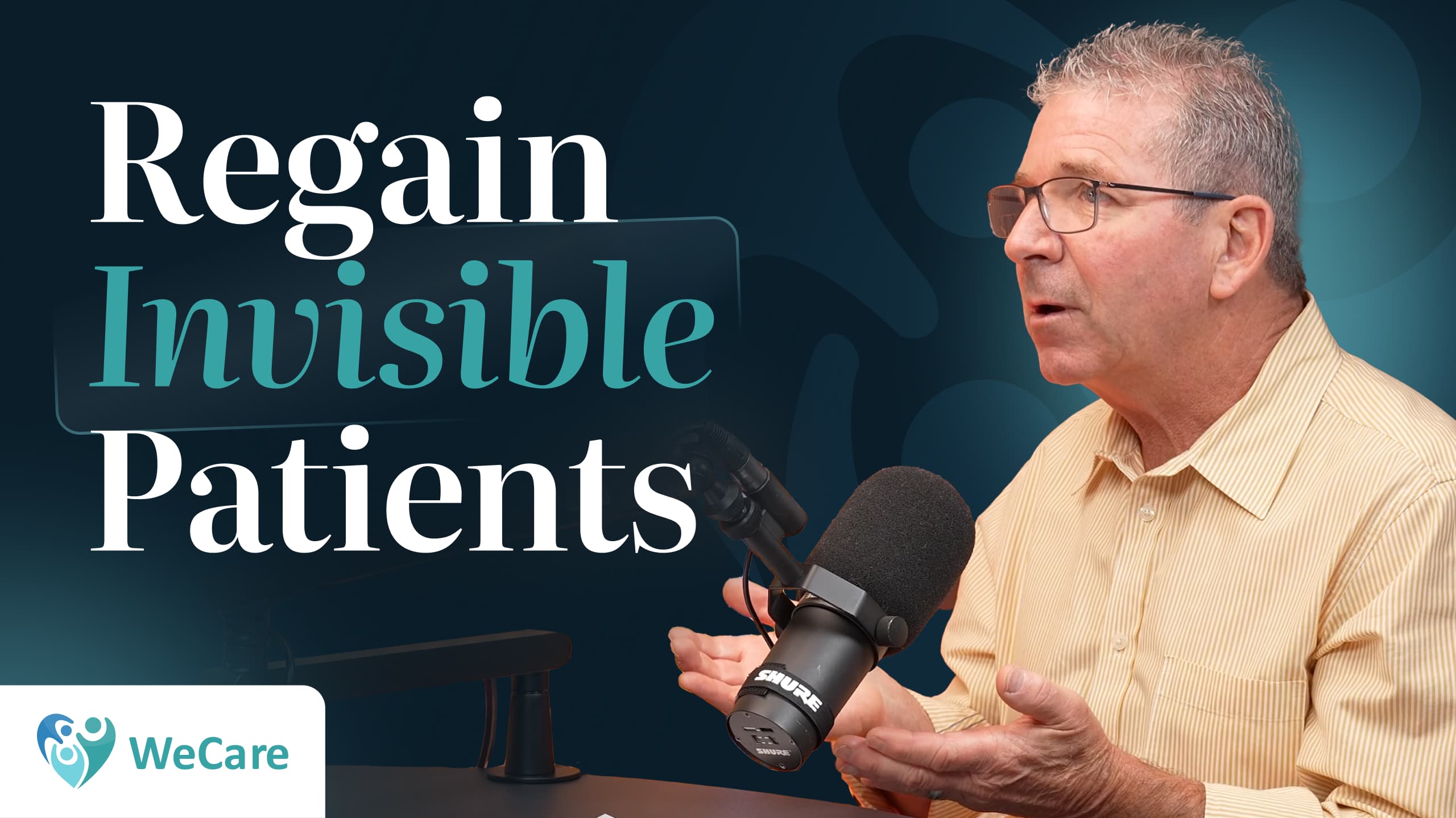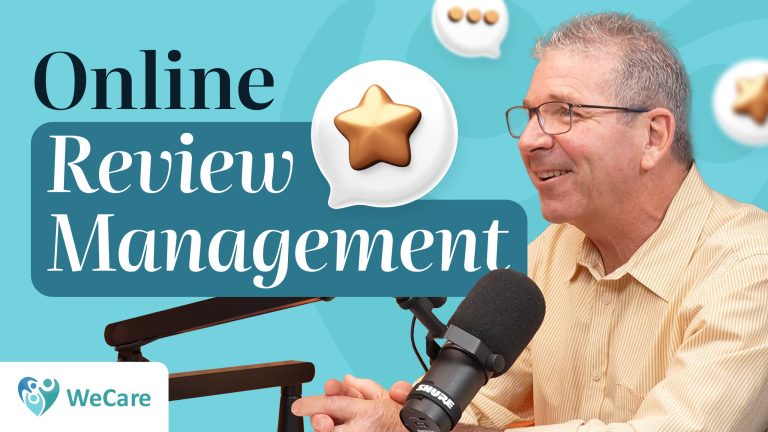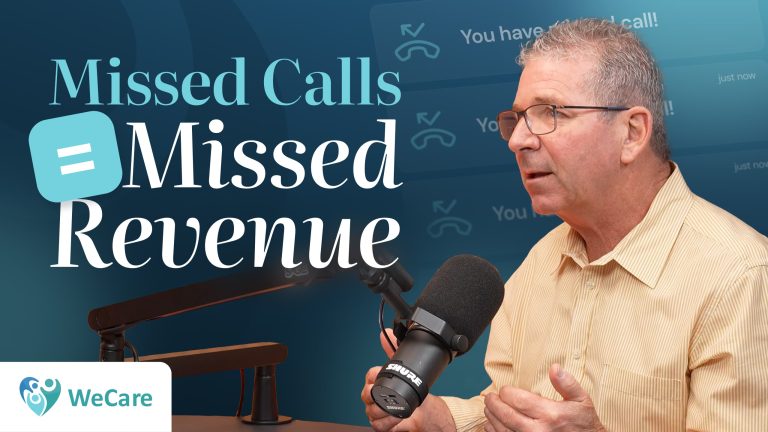Reactivate Lost Patients in Your EHR
Every clinic faces the same relentless pressure: acquire new patients, fill appointment slots, and grow revenue. While practices spend thousands chasing new leads, a massive revenue opportunity sits quietly in their own database, completely invisible and largely ignored.
These are your “invisible patients”—former patients who once trusted your clinic, sometimes for years, but haven’t walked through your doors in over 12 months. They’re still in your Electronic Health Record system. Their contact information is current. They’re familiar with your brand and your providers. But they’ve vanished from your active patient roster, taking their lifetime value with them.
The scope of this problem is staggering. Most clinics have hundreds of these dormant patients lurking in their EHR. Some have thousands. Each represents not just a missed opportunity to provide excellent service to a patient in need, but also years of potential recurring revenue and referrals.
The Invisible Patient Epidemic: A Revenue Hemorrhage in Plain Sight
What exactly defines an invisible patient? According to patient reactivation experts, it’s someone who has been to the clinic before but who hasn’t been in over a year. As one industry specialist explains, “There usually is an event that stops them from continuing on with the clinic. A missed appointment is a good example.”
However, even seemingly small incidents, such as a missed phone call, can derail years of patient loyalty, especially in sensitive populations like seniors who may struggle with healthcare access.
Consider the common scenarios that create invisible patients:
The Missed Connection: A patient calls to reschedule but gets sent to voicemail repeatedly. Frustrated by the lack of response, they assume the clinic doesn’t prioritize their care and quietly seek treatment elsewhere.
The Communication Breakdown: During their last visit, a patient felt rushed or unheard by the staff. While they may have loved their provider, that negative interaction with front desk personnel or administrative staff created enough friction to prevent their return.
The Administrative Error: A billing mistake, insurance confusion, or scheduling mishap created distrust. Rather than working through the issue, the patient simply found a new provider.
The Forgotten Follow-up: A patient was supposed to schedule a follow-up appointment but never received the expected call or reminder. Assuming they weren’t remembered, they moved on.
These incidents feel minor to busy clinic staff managing dozens of patients daily. But to the individual patient, particularly seniors or those with chronic conditions who depend on consistent care, they can be deal-breakers.
The True Cost of Patient Invisibility
The financial implications of invisible patients extend far beyond empty appointment slots. Every departed patient represents a Patient Lifetime Value (PLV) that has been permanently lost unless action is taken to reclaim it.
When patients disappear from your active roster, you lose multiple revenue streams:
- Direct visit revenue from their direct care needs
- Referral revenue from family members and friends they might have recommended
- Continuity revenue from chronic condition management, routine screenings, and preventive care
- Procedure revenue from treatments they would have needed over time
However, the impact extends beyond pure economics. Patient health outcomes suffer when continuity of care is broken. Chronic conditions go unmonitored. Preventive screenings are missed. Medication management lapses.
What started as a minor administrative issue can escalate into serious health consequences, creating liability concerns and ethical dilemmas for providers who genuinely care about patient well-being.
Why Traditional Reactivation Efforts Fall Short
Most clinics aren’t completely ignoring their inactive patients. They typically employ some form of outreach—automated text reminders, birthday emails, or occasional calls from front desk staff asking patients to schedule overdue appointments. However, these efforts consistently fail to generate meaningful results.
The fundamental problem with conventional reactivation approaches is that they’re transactional rather than relational. A generic text message saying, “You’re due for your annual checkup” doesn’t address why the patient stopped coming in the first place. It doesn’t acknowledge their previous experience or rebuild the trust that was damaged. Most importantly, it doesn’t give them a compelling reason to return beyond clinical necessity.
Patients who have become invisible aren’t looking for reminders; they’re looking to be heard and valued. They want acknowledgment that something went wrong and assurance that their return visit will be different. Traditional outreach methods completely miss this emotional component.
The WeCare Solution: Relationship-Driven Reactivation
The most successful patient reactivation programs abandon the reminder model entirely in favor of relationship rebuilding. Instead of automated messages or hurried phone calls from overwhelmed staff, they deploy dedicated care management teams specifically trained in patient engagement and relationship repair.
This approach centers around a simple but powerful concept: “A lost patient is the best patient to acquire.” Unlike completely new prospects, invisible patients already have familiarity with your clinic. The barriers to their return are typically much lower than the barriers to acquiring entirely new patients.
The relationship-driven reactivation process works through several key components:
Dedicated Care Team Assignment: Rather than tasking already-busy front desk staff with outreach, successful programs assign specialized health coaches or care managers to handle patient reengagement as their primary focus.
Trust Rebuilding Through Listening: The initial contact isn’t about scheduling appointments. It’s about understanding what happened. Dedicated health coaches can create and maintain personal relationships with patients, helping them through all their challenges.
One WeCare specialist explains, “Patients can communicate and share with our health coach what their challenges with the clinic really are so that we can come alongside that patient and fix those issues.”
Multi-Channel Communication: Different patients respond to different outreach methods. Some prefer text messages, others respond better to phone calls, and some need direct mail to get their attention. Effective reactivation programs use multiple communication channels to reach patients through their preferred method rather than assuming one approach fits all.
Facilitated Appointment Booking: The goal isn’t just to remind patients they’re overdue—it’s to remove all barriers to their return. This means connecting with the patient, inviting them back to the clinic, and then actually facilitating that process.
The Power of Being Heard
Perhaps the most critical insight about invisible patient reactivation is how little it takes to win patients back once they feel heard and valued. As one WeCare reactivation expert consistently observes, “Many times, patients just want to be heard. Our team lends that ear. When a patient is heard, they open up. And when they open up, they come back.”
When patients feel genuinely cared for and listened to, they often overlook what seem to be big issues with the clinic. This creates a tremendous opportunity for clinics willing to invest in relationship repair. A sincere apology for past frustrations or simply dedicating time to listen to their concerns can go a long way.
Data-Driven Reactivation: Turning Analytics into Action
Successful patient reactivation requires data analytics to find out what is causing patient attrition in the first place. This means conducting a thorough analysis of your EHR data to identify patterns in patient departure:
- Missed call frequency: How often are patients unable to reach your clinic when they need to?
- Voicemail response rates: When patients leave messages, how quickly and consistently do you respond?
- No-show patterns: Are there specific providers, appointment types, or times when patients are more likely to miss appointments?
- Communication gaps: Where in your patient journey do people tend to get lost or frustrated?
WeCare analyzes your data by looking at your missed calls as well as other data surrounding your practice so that we can set up a plan to plug any existing holes.
This analytical approach serves dual purposes. First, it helps prioritize which invisible patients are most likely to return based on their historical engagement patterns and reasons for leaving. Second, it prevents future patients from becoming invisible by addressing the root causes of attrition.
Creating “Stickiness”: From Reactivation to Retention
The ultimate goal of patient reactivation is creating what industry experts call “stickiness,” meaning that patients stay with the clinic long-term. This requires thinking beyond the initial win-back.
Successful reactivation programs integrate seamlessly with ongoing patient care. In other words, WeCare is not a separate entity from your practice. We’re part of the clinic and part of the relationship-building effort. This integration ensures that the positive experience patients have during reactivation continues throughout their renewed relationship with the clinic.
The care management team becomes an ongoing resource for patients, helping them navigate scheduling, insurance issues, and care coordination challenges that might otherwise create new frustrations.
Revenue and Health Outcomes
Patient reactivation delivers value on multiple fronts. From a financial perspective, it’s typically far more cost-effective than new patient acquisition. The investment required to win them back is usually a fraction of what’s needed to attract entirely new patients through digital marketing or referral programs.
But the benefits extend beyond revenue generation. When patients return to consistent care, their health outcomes improve through better chronic disease management, timely preventive screenings, and medication adherence. This creates a virtuous cycle where better patient outcomes lead to stronger relationships, more referrals, and improved clinic reputation.
Taking Action: Questions Every Clinic Must Answer
The opportunity to reclaim invisible patients exists in nearly every healthcare practice. The critical questions to ask include:
How many invisible patients are sitting in your EHR right now? Most clinics have never run this analysis and are shocked to discover the scale of their dormant patient database.
What’s stopping your team from reaching out to them right now? Is it a lack of time, resources, expertise, or simply not recognizing the opportunity?
How often do you run reactivation campaigns? Many clinics attempt sporadic outreach but don’t have systematic processes in place.
What would it mean to your practice to bring back even 10% of these patients? The revenue impact alone often justifies a significant investment in proper reactivation programs.
The reality is that invisible patients represent one of the largest untapped revenue sources in healthcare. Clinics often have hundreds or thousands of former patients sitting in their databases, willing to return if simply given the right invitation.
The clinics that recognize this opportunity and invest in relationship-driven reactivation will experience significantly enhanced outcomes and revenue while providing better care to patients.
Frequently Asked Questions
1. What is an invisible patient?
An invisible patient is someone who has previously visited your clinic but hasn’t returned in over 12 months. They’re still in your EHR, but not actively engaged.
2. Why should I focus on reactivating old patients instead of acquiring new ones?
Reactivating former patients is often cheaper and faster than acquiring new ones. They’re already familiar with your clinic, reducing the barriers to return.
3. How do I identify lost or dormant patients in my EHR?
Run a report for patients who haven’t had a visit in the past 12+ months. Prioritize those with high visit history or chronic conditions.
4. What’s the average revenue potential of a reactivated patient?
It depends on your Patient Lifetime Value (PLV), but many clinics estimate over $2,000 per patient over time.
5. What’s the best way to reach out to these patients?
Use a multi-channel approach: text, phone, email, and mail. Personalize the outreach and offer to book the appointment directly.
6. Why don’t patients return—even if they were happy before?
Often, it’s due to small issues: a missed call, scheduling trouble, or feeling unheard. Relationship-driven outreach helps rebuild trust.
7. How is this different from automated reminders?
Automated reminders are impersonal. This strategy involves human contact through health coaches who listen, respond, and facilitate return visits.
8. What role does a health coach or care manager play?
They act as a relationship builder, not just a scheduler. They talk to the patient, understand concerns, and resolve issues to encourage return.
9. How can I measure the success of a reactivation campaign?
Track metrics like response rate, appointment bookings, and revenue gained from reactivated patients.
10. How do I get started today?
Contact WeCare. We will set up a consultation designed to pinpoint your needs and then create a strategic path forward for your clinic.



